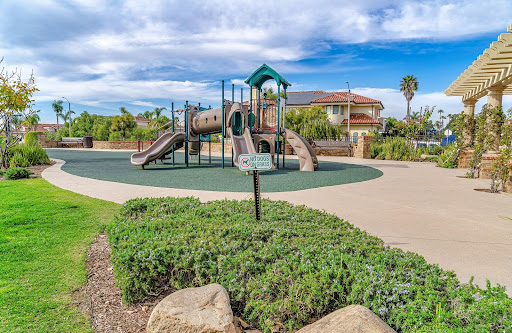Managing common areas can be a headache for many owners associations, especially if the community has several facilities.
Tips on Managing Common Areas
Managing common areas can often be a handful for HOAs/COAs. Without proper management, common areas can quickly deteriorate and fall into disrepair. Here are some useful tips on how to manage common areas.
1. Conduct Regular Maintenance
Schedule regular cleaning and maintenance to ensure all common areas are in good condition. Regular maintenance will not only provide a satisfying experience but also prevent accidents. HOAs/COAs should keep residents safe to avoid potential lawsuits. One small injury can easily lead to legal action. If an HOA/COA has been neglecting common area maintenance, the court can hold it liable.
2. Identify Risks
Residents are at risk of slips and falls around swimming pools and hot tubs, while playgrounds and gyms risk accidents due to poorly maintained or substandard equipment.
Every amenity has its risks. Residents are at risk of slips and falls around swimming pools and hot tubs, while playgrounds and gyms risk accidents due to poorly maintained or substandard equipment. It’s crucial to identify the associated risks for each facility. If an amenity is high-risk, an HOA/COA should consider whether or not the amenity is worth keeping. The board can consider discontinuing the project, removing the amenity, or replacing it with a safer alternative. They can also eliminate parts that are prone to accidents. For example, the HOA/COA might keep the pool but remove the diving boards.
3. Communicate With Residents
Owners associations must communicate consistently with residents to ensure the amenities are well-kept. Remind them of the HOA’s available amenities, usage rules, and reservation policies. Establish open communication channels where residents can ask questions, raise concerns, or provide suggestions.
Effective communication channels do not have to be flashy. An HOA/COA does not necessarily need a dedicated app to communicate amenity rules. Sometimes, it is enough to inform them through community meetings, newsletters, or social media pages.
Manage Common Areas the Right Way
Managing common areas is often challenging for owners associations. However, with the proper rules, policies, and systems in place, comon areas can improve the residents’ quality of life and increase satisfaction.
Is your community struggling with common areas management? Hiring a professional can help. 88 Doors is an HOA management company offering communities world-class management services. Call us at (512) 617-5516 or get in touch with us online to know more!
RELATED ARTICLES:
- Why Is A HOA Reserve Study Done?
- Stay On Top Of Vendors With Proper HOA Vendor Management
- What Goes On In HOA Meetings? Should And Can Homeowners Participate?

